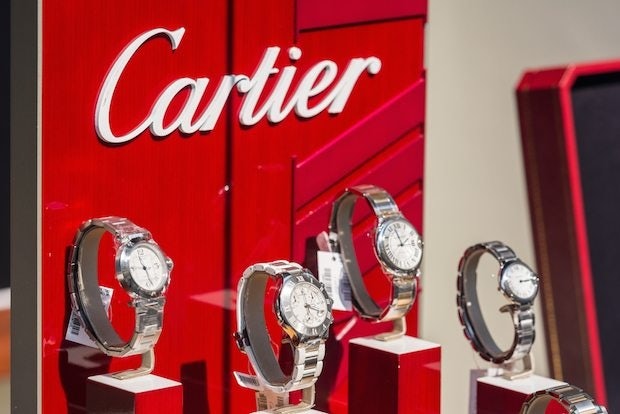
A Cartier shop display in Paris, a favorite shopping destination for Chinese travelers. (Shutterstock)
It’s been a long-accepted fact in the global luxury industry that Chinese shoppers do a significant amount of their high-end shopping outside the country’s borders. But rather than showing signs of “overseas shopping fatigue,” this important demographic is buying an ever-increasing proportion of their luxury goods abroad, according to a new report.
Published by the domestic Chinese “Fortune Character Institute,” the report claims that Chinese consumers made 76 percent of their luxury purchases outside of China last year. The report said that mainland Chinese shoppers purchased US$25 billion worth of luxury goods domestically in 2014, an 11 percent decrease from 2013, while spending $81 billion abroad—a 9 percent increase.
As always, it’s important to take these numbers with a grain of salt—as home-grown Chinese “research institutes” have been known to exaggerate or pull figures from thin air. However, it’s largely accepted that the domestic China luxury market did indeed shrink last year, with amounts ranging from Bain’s negative 1 percent to Fortune Character’s negative 11 percent. According to Bain’s recent report, Chinese consumers bought 70 percent of their luxury goods from a combination of overseas shopping and daigou purchases online.
However, as Jing Daily previously pointed out, this doesn’t mean brands need to panic. Chinese consumers are still the top and fastest-growing nationality when it comes to luxury spending, particularly when traveling abroad—where they spend more than three times the amount that they spend locally. Although spending in-country is expected to remain tepid in 2015, the greater ease with which middle-class consumers can now travel abroad, a stronger yuan, and longer U.S. tourism visas all indicate that brands should see continued strong sales among this demographic on a global scale.